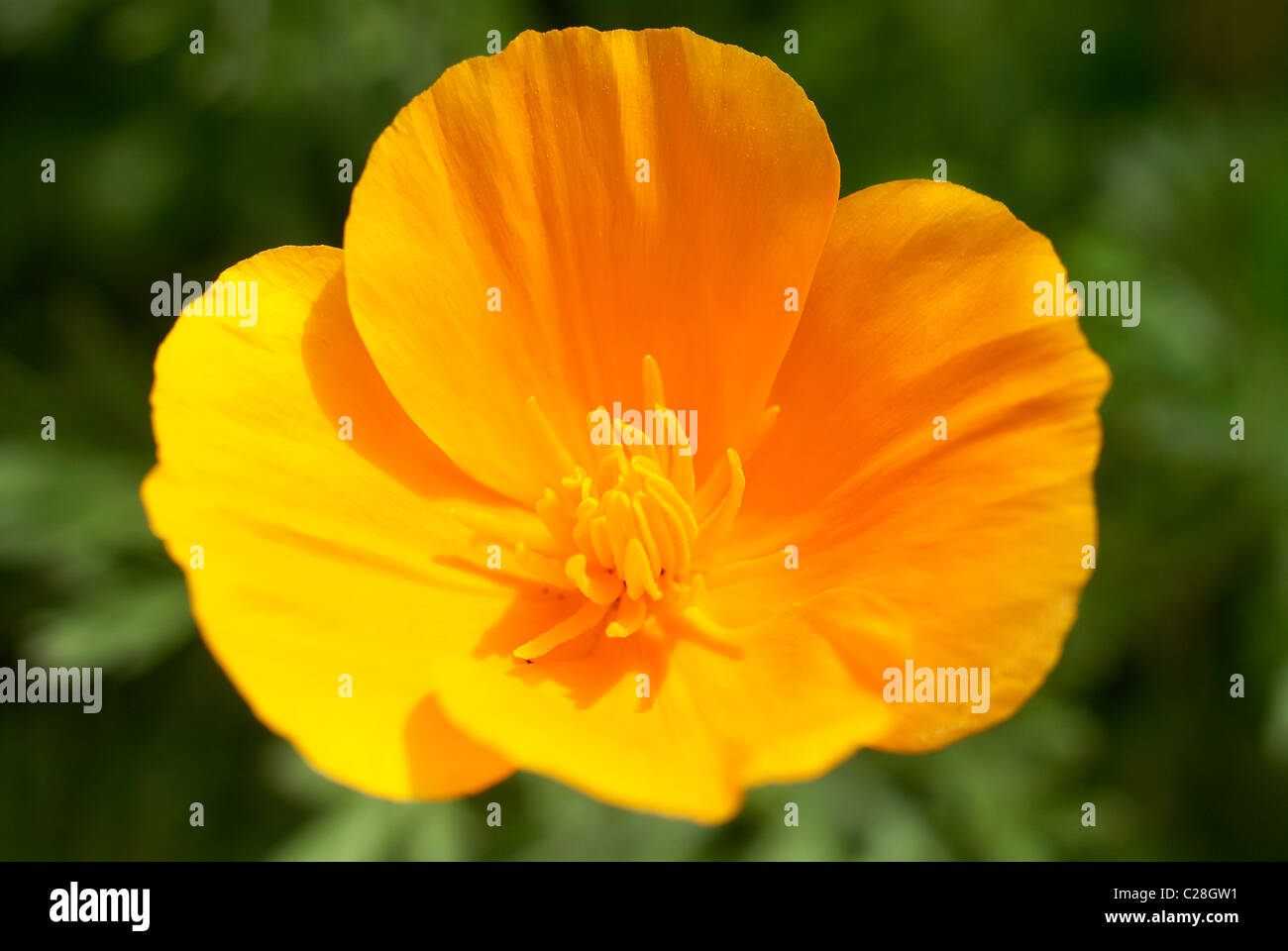
First blooms are positioned at center, close to the ground, as lateral stems develop. First buds appear in mid-March, along with the trifoliate basal leaves. Photo – March 4.Įarly Buttercup is among the first of the Arkansas buttercups to produce flowers in the spring. Later, basal leaves transition into compound leaves with a terminal leaflet and an opposite pair of lateral leaflets. Photo 2: Reddish overwintering basal leaves are simple with three prominent lobes (such as the one at far right). Basal leaves are reddish to green above and lighter green below initially ascending, they become wide-spreading to reclined. Compound leaves have blades to 2 inches long and 1½ inches wide on a grooved petiole to 4 inches long with a clasping base.

Compound leaves have a terminal leaflet and a pair of lateral leaflets, the leaflets entire (uncut) or shallowly to deeply incised. Overwintering leaves, with blades to 3 inches long and 1 inch wide on a 2 inch petiole, have an obovate terminal lobe and a pair of smaller oblanceolate lateral lobes. Photo – March 16.Ī mature plant has simple, overwintering, 3-lobed basal leaves and, in late winter into spring, trifoliate compound basal leaves. New basal leaves are making their appearance.

As shown, two or three leaf groups are tightly clustered on the root crown. Photo 1: “Hanging” nutrient-storage tubers are replaced annually. A cluster of one to several groups of in-facing leaves, on long slender petioles, surrounds one or two flowering stems. Vegetative growth of plants consists of basal leaves and flowering stems, growing directly from the root crown. Plants tend to occur in scattered seeded colonies with plant density seeming to be greater in more mesic, less sunny sites.

Tubers are arranged in a vertical position “hanging” below the round root crown. The cylindrical tubers are less than an inch long and ¼ inch wide. In spring, new white tubers grow around the perimeter of the root crown as the previous year’s now-tan tubers, at the center of the root crown, soften and detach from the root crown. The low-growing plants have slender annual tubers (nutrient storage features) and white string-like (filiform) roots. It is also known as Thick-Root Buttercup.Įarly Buttercup, one of 17 buttercup species in Arkansas, is the only species with tuberous roots. Habitats vary from lightly shaded wooded bottomlands to sunny grasslands and even lawns, in moist or dry, loamy, sandy to rocky soils. In Arkansas, Early Buttercup occurs statewide. the species occurs principally west of the Mississippi River in a broad band from Louisiana and east Texas northward to Minnesota, Wisconsin and Michigan east of the Mississippi River, scattered occurrences are mapped from Mississippi and Georgia north to New York and New England. The specific epithet is Latin for “clustered,” referring to the roots.

The genus name is from the Latin for “little frog,” based on the occurrence of many buttercups in moist habitats. Early Buttercup ( Ranunculus fascicularis) of the Buttercup (Ranunculaceae) family is a late winter, herbaceous perennial, with glossy yellow flowers and tuberous, thickened roots.


 0 kommentar(er)
0 kommentar(er)
